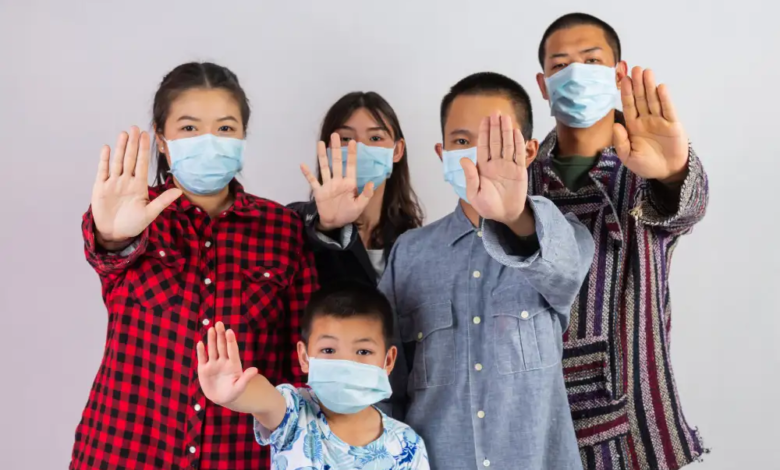Health Funding at a 15-Year Low: Implications for Child Health Worldwide

In recent years, global health funding has dipped to its lowest point in more than a decade. Reported from the pafikutaikab.org page this contraction in financial support poses serious risks particularly for children, who form one of the most vulnerable populations to gaps in preventive care, nutrition programs, and immunization campaigns.
The Stakes for Child Health
When investments in health services decline, the impacts ripple across many domains:
- Vaccination Rates Drop: Fewer resources mean that outreach, logistics, and cold chain management suffer, leading to lower coverage.
- Nutrition and Growth Programs Weaken: Essential interventions to address stunting, wasting, and micronutrient deficiencies may be scaled back.
- Access to Pediatric Care Shrinks: Staffing, supplies, and facilities may be reduced, leaving remote and low-income regions most affected.
- Mortality and Morbidity Rise: In the worst-case scenario, preventable childhood illnesses may regain ground, reversing years of progress.
What’s Driving the Decline?
Several factors contribute to the contraction of health funding:
- Competing Priorities: Economic pressures, inflation, and competing crises (such as climate, conflict, and food security) are diverting government budgets.
- Donor Fatigue: After consecutive years of global health emergencies, some donor nations and organizations are scaling back.
- Transition Pressures: Countries increasingly expected to finance their own health programs face difficulty sustaining services independently.
See also: How to Make STI Test Dubai Part of Your Routine Healthcare for Peace of Mind
Consequences Already Emerging
Early signs of the funding squeeze are visible:
- Some vaccination drives have been postponed or scaled down.
- Monitoring and surveillance of diseases are less frequent.
- Procurement of pediatric medications becomes more fragile.
- Community-based health programs, such as home visits and nutrition education, are among the first to see cutbacks.
Possible Paths Forward
To counter this downward trend, global and local stakeholders are exploring solutions:
- Innovative Financing Models: Blended public-private investments, health bonds, and social impact funds may inject new resources.
- Strengthening Local Ownership: Encouraging domestic health budget allocations and reducing reliance on external aid.
- Efficiency and Prioritization: Ensuring funds are used effectively, focusing on high-impact, low-cost interventions.
- Global Advocacy and Solidarity: Pressuring decision-makers to maintain or increase commitments, especially for child health.
The sharp drop in global health funding is a serious wake-up call, especially when children’s lives hang in the balance. Without urgent corrective measures, years of gains in child survival, nutrition, and preventative care could unravel. The moment calls for renewed commitment, innovation, and collective action to safeguard the health of the world’s youngest and most vulnerable.






